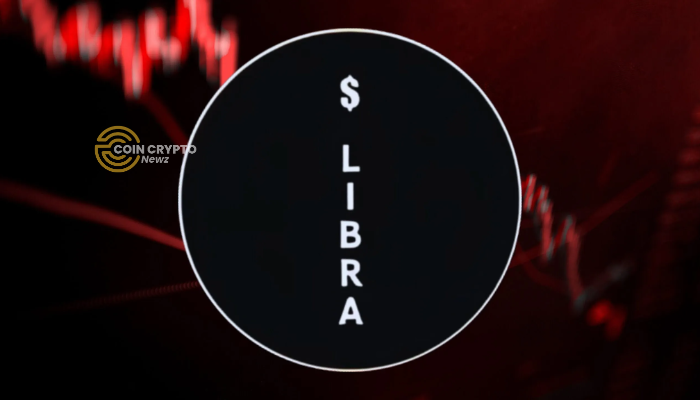- IFP tracks Bitcoin flows between derivative and spot exchanges for trends.
- A downward IFP trend often signals bearish sentiment and reduced exposure.
- Historical IFP peaks correlate with BTC price highs, revealing market cycles.
Bitcoin may be entering a bearish phase, with a key on-chain metric flashing warning signs. The Inter-Exchange Flow Pulse (IFP) has dropped, which means decreased market risk appetite and potential downward pressure on BTC prices. Bitcoin investors are getting ready for a market pause.
What is the Inter-Exchange Flow Pulse?
Through the IFP system, Bitcoin tracking takes place between derivative and spot exchange markets. Derivative exchanges operate as platforms for traders who generate speculations about price fluctuations by utilizing futures and options. These cryptocurrency exchanges experience an increase in Bitcoin deposits, which indicates that investors begin to enter long-term positions because they anticipate rising prices. Bitcoin leaves the exchanges for the spot market, which suggests that traders are closing their long positions and reducing their market risk.
The IFP indicator changed to a bearish position, leading Bitcoin to move from derivative to spot exchanges. The historical trend indicates bearish times begin after investors select defensive strategies through spot exchanges. The decrease in the flow of Bitcoin from crypto exchanges indicates whales are decreasing their investments, which could lead to a negative market trend, according to CryptoQuant contributor J.A. Maartunn.
Historical Context and Market Implications
The IFP proved an accurate Bitcoin market prediction tool throughout all previous cryptocurrency cycles. March 2021 brought the highest IFP measurement right before Bitcoin reached its maximum price of $58,000. A significant market change happened in January when Bitcoin offered a value of $109,000. The peak IFP measurement this time showed reduced activity compared to 2021, suggesting that market factors and a less speculative-driven rally took place.
Due to this unexpected discrepancy, the current market behavior becomes unclear. Each high point in the Bitcoin price cycle throughout history has appeared at a time when new Investor Fear and Panic levels reached their peak. If there is no new peak in investor flow to purchase Bitcoin, the market seems to function under alternative forces supporting price increases with less speculative demand.
Conclusion
Current characteristics of the IFP metric point toward potential market declines that indicate Bitcoin may face downward price movement because investors are becoming more risk-averse. Spot exchanges replacing derivative exchanges have brought about a market sentiment change, suggesting increased investor wariness. Market projections remain unclear because the distinct features of this trading cycle override historical trend patterns. Adaptive knowledge and awareness are essential for cryptocurrency investors operating in this highly unpredictable environment.
Disclaimer: This article is for informational purposes only and does not constitute financial advice. CoinCryptoNewz is not responsible for any losses incurred. Readers should do their own research before making financial decisions.







